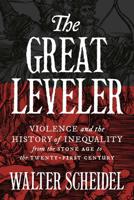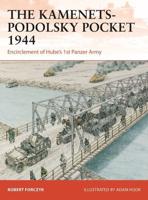Publisher's Synopsis
Ancient metallurgy, the art and science of working metals, stands as a cornerstone of human technological development. This book embarks on a journey through time, exploring the ingenious techniques employed by ancient civilizations to shape stone and metal, specifically focusing on the period before and during the Iron Age. We challenge the commonly accepted historical timelines, proposing a potential revision based on compelling archaeological and scientific evidence. The narrative explores the fascinating possibility of earlier iron smelting than previously thought, examining the role of meteorites as a primary source of iron in the earliest stages of metalworking. This opens a discourse on the understanding of these celestial events by ancient societies and their influence on early metallurgical practices. We delve into the complex process of the transition from bronze to iron, analyzing the reasons behind what might seem like a paradoxical delay in the widespread adoption of iron despite the prior mastery of bronze technology. The book's focus will be on the processes involved in extracting, refining, and shaping iron and steel from ores. But it extends beyond iron, also exploring the remarkable feats of engineering achieved in working stone, a material often harder than iron itself, using advanced methodologies. We explore these ancient techniques with a combination of scientific analysis and captivating storytelling, presenting a fresh perspective on the development of metallurgy. This book aims to highlight the ingenuity and advanced understanding of materials science possessed by ancient civilizations, revealing their mastery of techniques that continue to be a source of wonder and fascination today. This interdisciplinary approach, integrating historical evidence with scientific analysis, will provide readers with an engaging and enriching experience.









